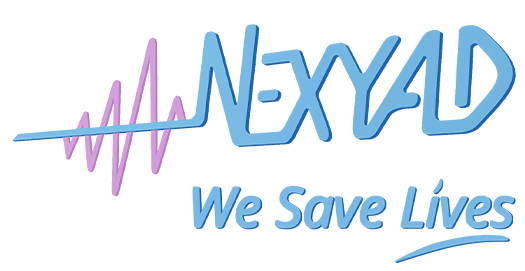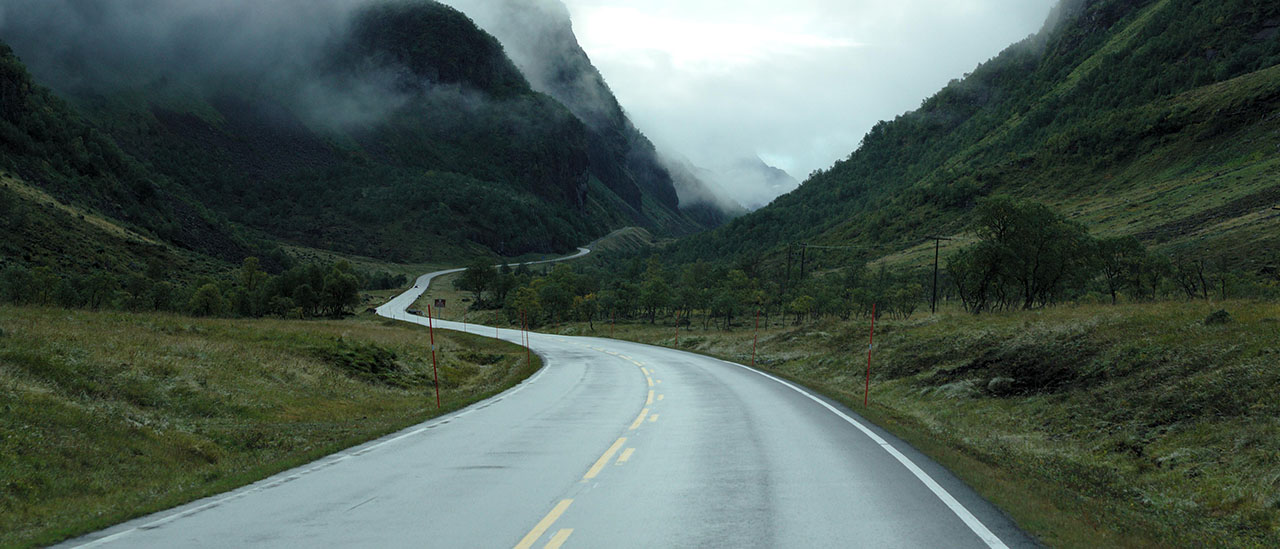VisiNex™ : measurement of the visibility through a windshield (ex : efficiency measurement of wipers)
The founders of NEXYAD work since the 80’s on brain and human vision mathematical models in order to predict the visibility of military objects.
In 1995, NEXYAD brought this expertise on civil applications to evaluate the visibility for road safety applications.
From this work was conceived a visibility measurement system that takes into account all causes of degradation (rain, fog, frost, smoke, dirt/dust on the windshield, fog, darkness) and all types of visibility retrieval systems (wiping, demisting, defrosting, washing, lighting) to measure visibility lack and retrieval for the driver this is the product VisiNex™.
VisiNex™ is an industrial system that you can install and uninstall very quickly.
VisiNex™ system installs easily in an industrial laboratory, or a production line for quality control, and is in compliance with all industry standards that apply to this type of equipment. NEXYAD has developed rigorous calibration procedures for VisiNex™ to ensure the repeatability after assembly, disassembly, reassembly.


These procedures are simple to implement and provide an operating installation in less than half a day.
VisiNex™ computes a distance of visibility and computes indicators of visibility such as the VQS (Visual Quality Score) that measure the easiness of detecting objects on the road.
These visibility indicators can be used to characterize onboard systems that restore visibility (wiping, demisting, defrosting, washing, lighting, etc) and
systems installed on the road infrastructure, which aims to enhance the visibility (horizontal markings , markup, etc).
VisiNex™ users are the automotive industrials, manufacturers of road infrastructure, and research laboratories in road safety and perception of the infrastructure.
By objectifying the subjective, and providing a quantitative measurement, VisiNex™ saves time, lower development costs, and allows you to improve the performance of your products.

Technical information about VisiNex measurement : Distance of Detection and Visual Quality Score (VQS)
VisiNex™ computes a distance of detection (in meters) and the VQS number which represents the easiness of objects detection and image understanding.
Calculation is processed using two multidimensional functions :
– the MTF function : Modulation Transfert Function that gives the contrast (contrats of Michelson) of the scene among frequency (also called the Spatial Frequency Response).
The MTF function is measured by VisiNex, with a very high signal/noise ratio.
– the CSF function : that gives sensitivity of human vision to contrast among frequency
(NB : this CSF function is also a function of background luminance, ambiant lightning, and may also be different for categories of persons : children, « regular » adult, old people, trained people such as military fighter pilots, etc …). The CSF function was measured by searchers thats validated it from the observation of thousands of people (a representative panel). The most famous version is the NGAN model. NEXYAD is involved for many years in military applications and could develop and validate a very accurate CSF that takes into account many parameters (such as ambiant light, background, …).
A mathematical comparison of those two functions lets VisiNex™ compute :
– a distance of detection, recognition, and identification, applying the Johnson criteria
– the VQS number which is the quantity of MTF that is actually helpfull for human vision.
So in the end, we can say that VisiNex outputs are the results on deterministic computing on contrast measurement.
References :
Fiche Survie – Sécurité des Usagers de la Route et Visibilité (FUI)
Understanding image sharpness part 1: Introduction to resolution and MTF curves by Norman Koren
A New Quality Metric based on FFT Transform
http://precision-vision.com/ (Michelson contrats)
Johnson criteria
Détection des conditions de visibilité et estimation de la distance de visibilité par vision embarquée par Nicolas Hautière
PROJET SARI – PREDIT 3
La Visibilité Routière : une approche pluri-disciplinaire par Roland Bremond
PRAC2010
VisiNex also computes image distortion and can display a distortion map.
High level of distortion lead to images that are hard to understand and that is a cause of bad road safety (as a lack of visibility is).
Validation
NASA proposed a methodology for validation based on statistical scores measurement :
– Precision
– Accuracy
– Repeatability
– Reproductibility (between two labs for instance)
In the Automotive applications field, the use is to summarize the 3 first scores with the 2 scores of “Capability”
Application to VisiNex
Capability :
Measurement of VQS : visibility through the windshield under calibrated artificial rain (rain machine is RainNex),
wipers off.
rain : 40mm/h,
The repeatability of the rain machine for this kind of rain is excellent (and is not taken into account).
Measurement of VQS for 100 tests of 6 s
Luminance is assumed to be constant (fluctuations are negligible)

Cp >> 3, which means that VisiNex is hightly precise and repeatable (*)
(*) results after calibration

CpK >> 3, which means that the VQS measurement is balanced (*)
(*) results after calibration
VisiNex is highly capable for a variation range of VQS that can reach 5.
5 is higher than the residual error after calibration. If the residual error after calibration is higher than 5, we consider that there is a problem and measurement cannot be proceeded (problem with the install, abnormal fluctuation of lights or camera, etc).
VQS is the usable (by humain brain/humain vision system) part of the Michelson contrast that may let detect patterns.
Here is one curve (VQS divided by VQS max; VQS mas is measured during calibration as the max value of
VQS – max light value – with no visibility perturbation : no rain etc …).

Reproductibility :
The reproductibility estimation method is the « curve fitting ». We use the calibration curve :
linear growth of light from zero to max and then light going down from max to zero (linear).
VQS curve is not linear, because humain brain has quite invariant detection abilities in a wide range of ambiant lights (and VisiNex measures humain vision abilities). Max value must be between 350 ans 450 (it is the fraction of Michelson contrast that human brain can use for pattern detection : no unit)

Corelation : 99,7% (*)
(*) after calibration process
Visibility TRUE measurement :
VisiNex uses cameras and translates pixel values into lux measurement (lumen/m2).
It is the ONLY physical measurement, all the rest of VisiNex outputs calculation is
mathematical deterministic computing.
We can then say that VisiNex provides a true measurement.
Examples of applications
VisiNex measures the visibility (view from a human driver) … So it is up to you to imagine applications to your industry.
– Car industry : test and validation, performance measurement, and quality control of onboard systems that should help recovering visibility (lightning, wipers, demist, …)
– Road Infrastructures industry : measurement of road signs efficiency, visibility measurement along road infrastructures (in tunnel, on highways, …)
– Other industries : every industry where human beings are supposed to watch and see (trains, boats, buses, trucks, aeronautics, airports, …)
Variation of VQS between a case of reference, and a current measured case, lets you know in a quantitative
way the lack or recovery of visibility.
We already applied VisiNex to :
– Rain sensors :
- Benchmarking
- Fine tuning
– Windshield technology :
- Imbedded demist system efficiency measurement
- Hydrophobic windshield tests
– Wiper system :
- Efficiency measurement
- Benchmarking
- Fine tuning
– Road infrastructure inspection :
- Visibility of signs and lines
- Smoke detection through long distances in big tunnels
– Lightning :
- In fog
- Night
Evolution of VQS during wiping : new wipers vs exhausted wipers

Detail of a VQS measurement under calibrated artificial rain, during wiping :

– Testimony:
“In the development of a reproducible test environment for rain sensors VisiNex is used for 1 year for visibility measurements”, Mathias Mannhardt Robert BOSCH GmbH-2009
Contact: sales@nexyad.com
NEXYAD is a high-tech company founded by two engineers Pierre DA SILVA DIAS and Gerard YAHIAOUI in 1995, which has developed innovative and proven methods for the processing of digital data, signals, and images.
The firm’s expertise is applied in four major demanding areas :
– Automotive and Transportation: NEXYAD Automotive & Transportation
– testing systems and quality control : NEXYAD Testing
– Banking / Insurance, Marketing and Economics: NEXYAD Analytics
– Movie Industry: NEXYAD Visual Effects
NEXYAD is member of French competitive clusters including Mov’eo (Gérard YAHIAOUI is Vice President, Member of the Board of Mov’eo), and Pôle Media.

